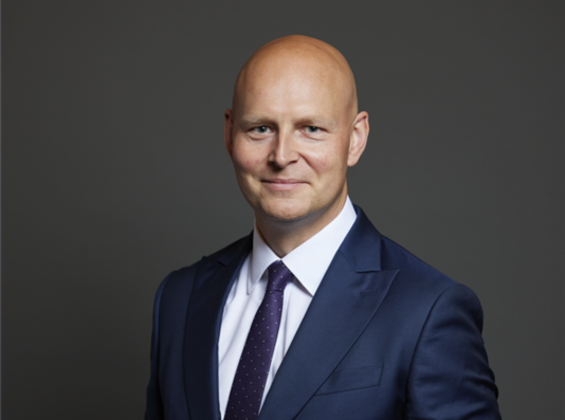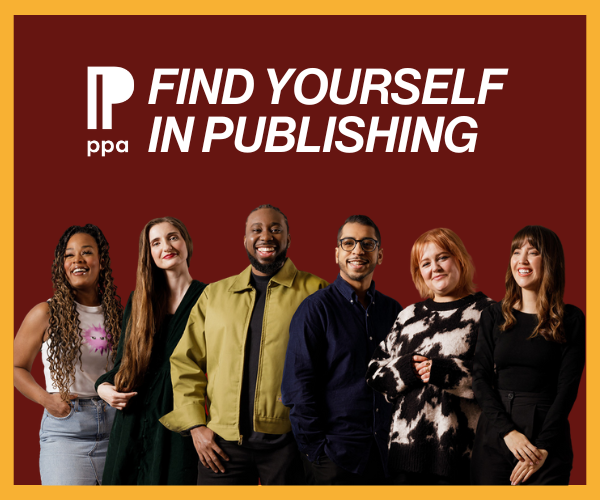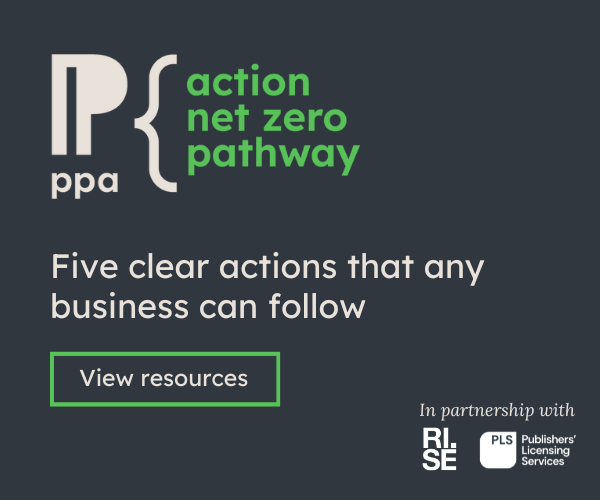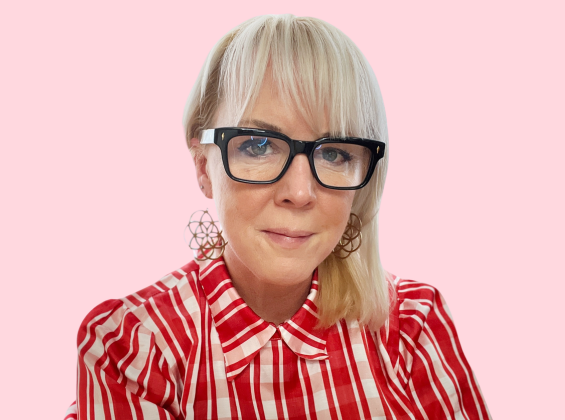What made you want to work in magazines?
I’ve always loved magazines, but it never occurred to me that it was something I could aspire to as a career. There was no one I knew who had any experience in this world – my parents wanted me to become an accountant or a solicitor because they wanted that security for me. I knew I had to do something creative and magazine journalism met both of those criteria and gave me a form of income. I knew as soon as I set foot in a magazine office that was exactly where I wanted to be.
Chart your career from the start to where you are now?
My first proper job was in the city in investment banking. I did an English degree and then decided that I needed to get an NCTJ qualification if I wanted to be a journalist, but I needed to get a job to pay for that. Where I grew up in North West London there was a sort of conveyor belt up to the city, so it seemed like a natural option to earn a decent amount of money in a short amount of time. I then got distracted and decided I wanted to be an academic. I went to Oxford to do a Masters in Renaissance Literature of all things! After four or five months I decided I was going to use all the money I saved up to work for nothing until someone gave me a job in media. I hung around like a bad smell until I got a job. Finally, someone gave me a job at Esquire as an Arts Editor. After three years I went to GQ as a Commissioning Editor and then I moved over to Men’s Health as features Editor and have worked my way up from there.
What role does a trusted brand like Men’s Health play during a global pandemic?
Service journalism is in the DNA of Men’s Health. In many ways we were perfectly set up to provide the kind of support network needed when the pandemic began. We are also meticulous about our sources; we don’t do opinion, we do verified facts. In a world of fake news and paranoia, our authority and trustworthiness has been paramount. Credible information has more currency than ever before. The pandemic has accelerated the occupation of Men’s Health of the centerground of men’s magazines. When I started at Men’s Health it was still seen as a niche title in a crowded men’s market. Health and wellbeing have become a consensus issue – it is, and we are universal. We have pivoted to reflect the times we’re living in. We have a broad readership and we deal with subjects that really reverberate in the world today from wellbeing to mental health to culture and the small issue of a raging pandemic!
How have you seen subscriptions and reader engagement respond to 2020 and have you had to make changes to your strategy in response?
When we first went into lockdown the newsstand was hit hard but our subscriptions absolutely rocketed. The first month of lockdown we were up 100% and in the first half of the year our new subscribers were going up by 79% YoY. In July we had five million monthly unique users. Our Instagram live workouts saw 20,000 viewers each day. We’ve had a massive increase in our YouTube channel subscriptions, the ‘How I built my body’ franchise garnered 3.5 million views. We’ve had to change our strategy and make sure we’re looking after subscribers on a regular basis and varying our content and be sure we’re serving people who interact with different aspects of the brand.
What long-term affects has this had on Men’s Health content strategy?
From a content point of view, it’s reinforced our commitment to reflect what’s going on in the world today. We’ve done some hard-hitting investigations into the race for the vaccine, we did an expose off the back of Black Lives Matter movement, discovering that black men are much more likely to be predisposed to mental illness. We’ve got a piece coming up called ‘The Other Pandemic’ looking at the mental health fallout of Covid. Going forward in 2021 we’re having to explore different forms of revenue and content dissemination – we’ve seen e-commerce become a major player for us. Our revenue from this in November was 4 times what it was the year before. We’re managing to shift a lot of gym equipment, massage guns and beard oil! Generally, we want to set the agenda for men’s magazines. We started covering men’s mental health about 5 years ago when it was still a taboo subject. We want to tell important stories and reinforce ourselves as the foremost authority when it comes to men’s livelihoods.
How, operationally have you managed the challenges of balancing print, digital and social while working remotely?
Surprisingly well! I have a small, efficient, very committed team. Sometimes we’re getting things done quicker than we would have before. But there is no substitute for group thinking when it comes to creativity. After the first lockdown I managed to get some of us in the office in small groups whilst working at a social distance. We spent the day together and got more done then than we would have done in two weeks! All of this has begged the question – how are we going to return to work when this is all over?
What men’s health trends have you identified in 2020?
Obviously working out at home. That has had a big influence on the kind of working out people do, shorter sharper workouts. What’s really interesting is people are now working out as an ends in itself, rather than trying to just achieve a goal. People are realising that exercise is absolutely key to staying on an even keel, keeping yourself sane and punctuating your routine. It's pushing this reconciliation between physical and mental health – something Men’s Health has been promoting for a long time.
What’s on your radar?
Membership is my obsession. We exist across multiple platforms and we’ve learnt that different platforms engender different consumer behaviours which has meant learning that you have to talk to people in different ways and make sure that all of those distillations of the brand are cohesive and representative of the strategy. My focus is to manage those things because it can feel quite disparate. I'm working on a membership model where we can bring those things together and heighten the interactivity of media. One of the things I used to love about magazines is that they felt like a club – we’ve come full circle and I want to build that sense of community again. I would like the Men’s Health member to receive specific newsletters, the magazine, exclusive access to certain parts of the website, to be able to interact with other members of the community virtually. That’s what really excites me about the future of Men’s Health and the future of magazines.
What magazine do you stockpile?
All of them! I’ve got old copies of The Face from the 1980s, I’ve got a batch of Esquires from the 1940s. One of the things I miss about magazines when they were just magazines is the craft and the intensity of focus on those pages and how it's more than just words and pictures, it’s how these things interact together and interact with you the reader. I use them as reference books to go back and see how they would have done it then. The older magazines are crib sheets!









